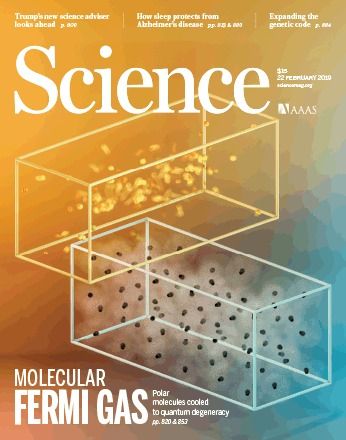Now, the team is trying to better understand what he and the team found and its practical implications.



“One way or another, this technology is coming. These cars are already being tested in cities,” Richard Ezike, the lead author of the study, said in an organization-published press release. “If we do not plan and set out thoughtful policies, driverless cars could exacerbate the challenges we see in transportation today — especially for underserved communities.”
Take the Bus
The researchers argue that cities that introduce autonomous vehicles should also invest in public transit, to make sure that those who have longer commutes and would get stuck in the newly-introduced congestion can still find and make it to their jobs.



Recently University of Glasgow developed a Graphene based E-Skin for prosthetic limbs. The research started with making a prosthetic arm that could sense even the minutest of pressure for gripping soft objects. It eventually yielded a prosthetic limb that was also self powering.
This was because of the development of Graphene based supercapacitors.
Graphene is now being explored for wearable electronics and health pathes because of its flexibility and ability to pick the smallest of signals.

This is awesome and WAY deserved.
A NASA facility in Fairmont, West Virginia, will be renamed after native Katherine Johnson, a pioneering mathematician who was depicted in the 2016 film “Hidden Figures” for her critical role in the success of the U.S. reaching space.
The Herbert Henderson Office of Minority Affairs announced the recognition of Johnson on Friday, according to The Register-Herald.
Jill Upson, the executive director of the office, reportedly spearheaded the process to have the facility renamed in 2017.

Phinergy is a leading developer of breakthrough, absolutely zero emission, high energy density systems based on metal air energy technologies, mainly Aluminum-Air and Zinc-Air. Unlike conventional batteries that carry oxygen, these batteries freely breathe oxygen from the ambient air to release the energy contained in metals.
(274361)
Category: Innovation

Youtube has decided to start demonetizing anti-vaccination videos. They’ll also start running a disclaimer below the videos.
After advertisers complained about programmatic ad placements on anti-vax videos, YouTube removed ads on videos that advocate against vaccination.

Bezos: “I don’t think we’ll live on planets…I think we’ll live in giant O’Neal-style space colonies.”
Jeff Bezos may be the richest human on Earth, as the founder of Amazon, but his ultimate dreams reside within a relatively obscure company called Blue Origin.
In fact, as Bezos told the CEO of Business Insider’s parent company in April 2018, he liquidates $1 billion of stock a year to fund his private aerospace outfit.